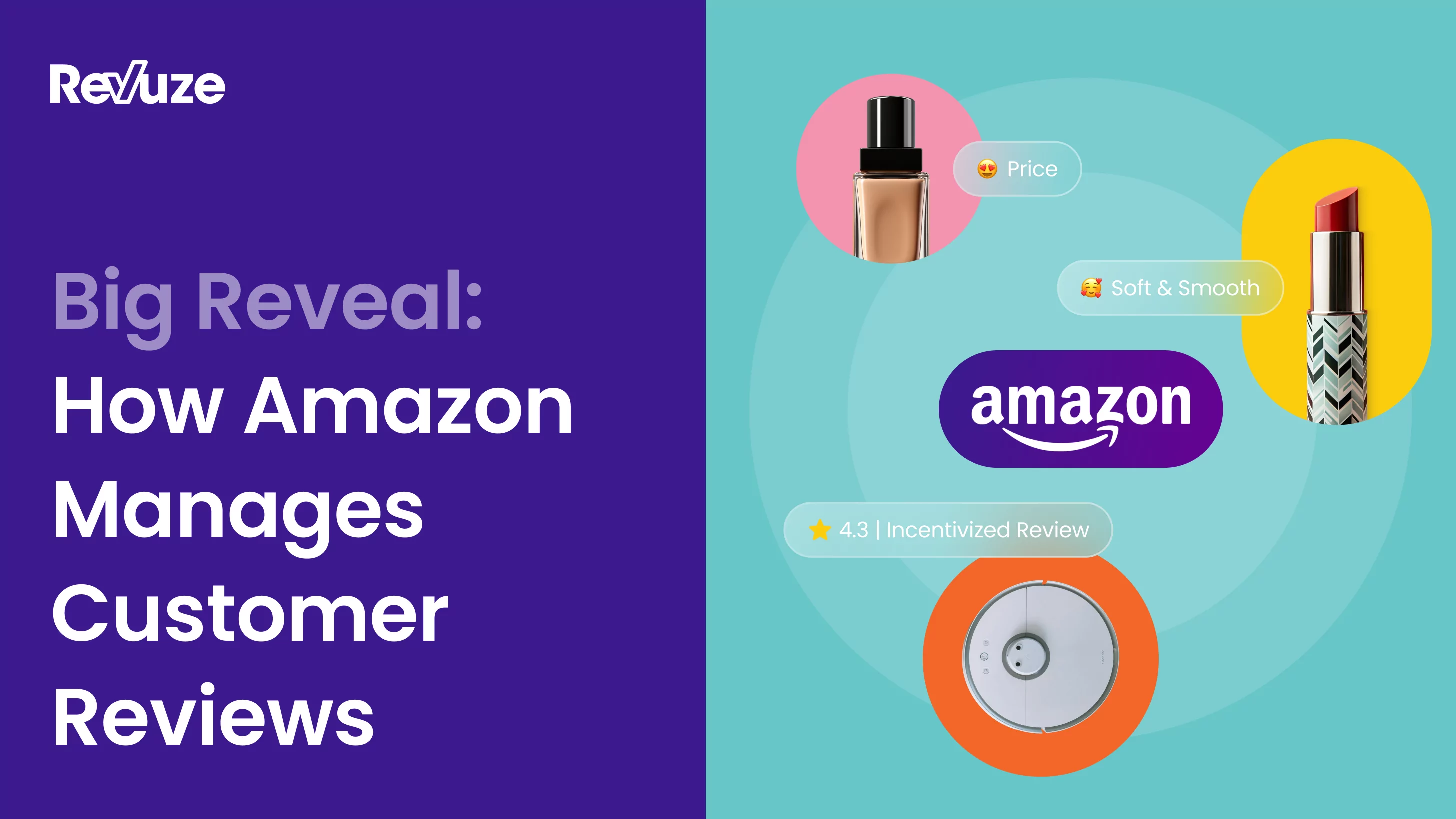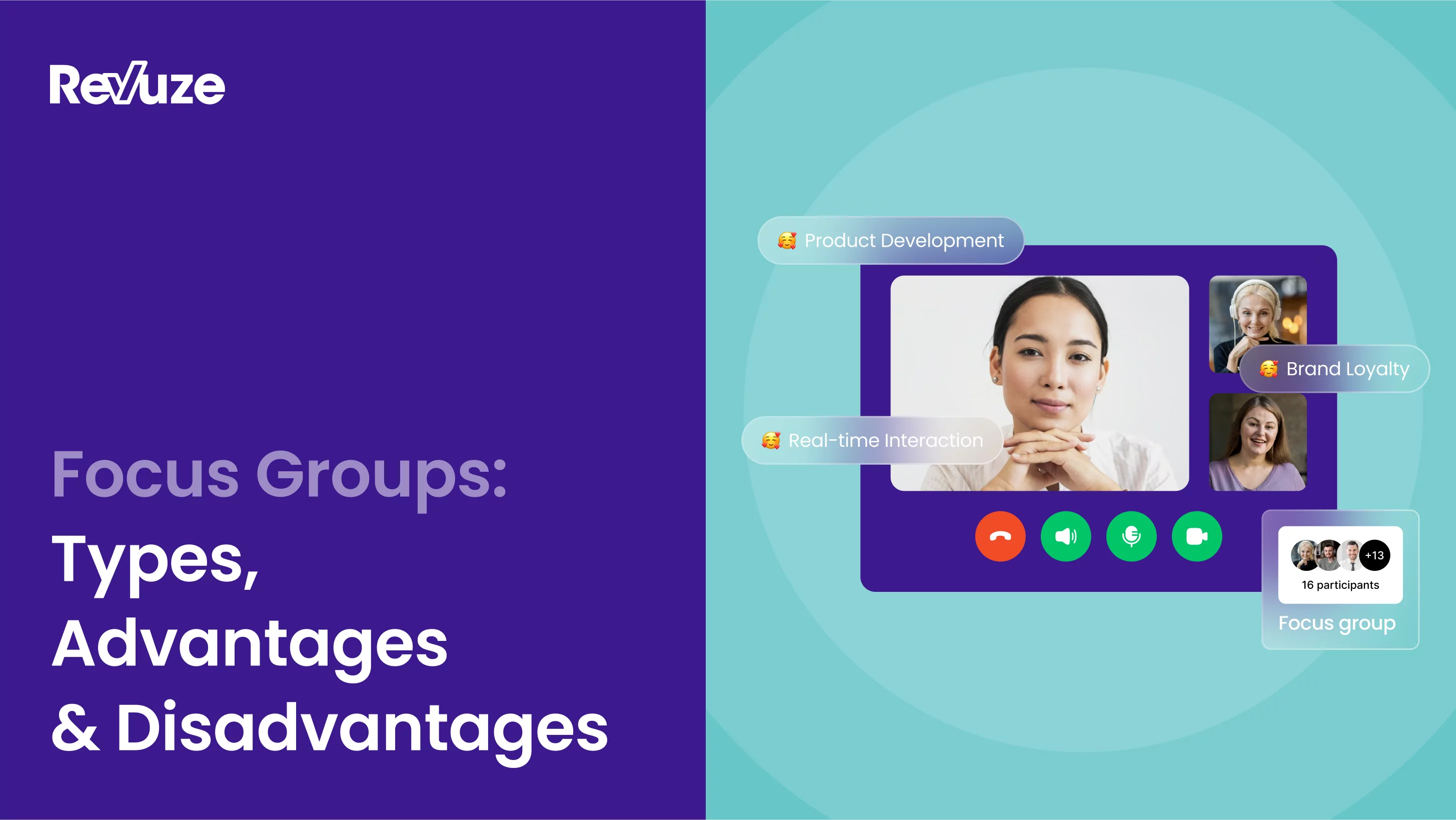
What is customer experience analytics?
Customer experience analytics is the collection and processing of customer data in order to obtain a better understanding of customers points of view, pain points, and experiences with a product or service.
Quality customer experience analytics provides valuable insights that enable brands to make data-driven intelligent decisions, potentially improving consumers’ shopping, support, and service experience. In addition, the information collected can help create optimized marketing campaigns, Go-To-Market strategies, product innovation, and more.
The improved customer experience often leads to better customer sentiment, sales, and earnings. So, finding the right metrics to track and analyze consumer experience is extremely important.
In this article, we will explain what is customer experience (CX) analytics, how it is done, and how you can leverage it to improve your customer experience and boost your sales and revenues.

How Do you Analyze Customer Experience?
As we explained before, customer experience is what your customer, for lack of a better word, experiences when interacting with your product or service. To effectively and efficiently measure and analyze this experience, there are a few basic steps:
1. Find your ideal customer market
The Ideal customers are the ones that will benefit and enjoy the most from your product or service, and those who will be coming back again. The loyal fans in the making. The promoters. They are your most valuable asset, the backbone of your consumer base.
There are several ways to identify these ideal customers, from tracking website traffic to surveying customers. One of the bestways for identifying the golden consumers is simply listening to what they have to say – using Voice Of Customer tools and sentiment analysis.
Knowing your ideal customers will help you analyze their experience and understand what and how can be improved to provide better service or product.
2. Map your customer journey
In order to collect effective customer feedback for your analysis, you need to identify customer touchpoints and map your customer journey.
Customer touchpoints are all the points of customer-brand contact, from the first ad they see to customer support and post-buy communications. Identifying key touchpoints and mapping the journey your customers go through will help improve your resource allocation, saving you time and money
There are several touchpoints that demand special attention (whether your customers pinpoint them as pain points or not) – Point-of-sale, customer onboarding, first-time website visits, and product returns. Additionally, you should keep an eye on those closed customer support tickets.
These key customer journey points can make or break consumer loyalty, so make sure to actively collect customer feedback regarding and around those experiences.
3. Collect customer feedback
Collecting feedback is key for conducting CX analysis. There are several ways you can do that:
- Customer experience surveys – Using Net Promoter Score® (NPS, Customer Satisfaction (CSAT), or Customer Effort Score (CES) surveys, will provide you simplified numeric or quantified consumer feedback.
- Social listening tools – Monitoring social media (Facebook, Twitter, etc.) enables you to collect and analyze customer sentiment as manifested on social media, that has become a platform for customer service, support and reviews.
- Customer reviews analysis – Consumers will tell you exactly what they think about your product or service, what they did or didn’t like, or what new features they would like to see. So, don’t underestimate those reviews, they are a goldmine of consumer insights.
4. Check Out the Competition
Apart from analyzing consumer experience regarding your product or service, you need to find out what your competitors are doing. Collecting and analyzing consumer feedback about other players in the market will allow you to detect market gaps and vacuums – that can potentially be filled and leveraged in product development or innovation.
In addition, understanding what, how, and why the biggest names in the industry are doing what they are doing can help you improve your moves. Learning from the best is always the smartest way to collect great insight into what works, and what didn’t.
5. Evaluate the Data and Make a Plan
Last but not least, you need to evaluate the quality of data you have collected. Check the data from different sources and compare them against each other, take notes, and try to identify strengths and weaknesses as you go.
The aim is extracting as many valuable and actionable consumer insights as possible. You need to be able to create a detailed action plan, prioritizing customer experience improvements, and driving your brand forward.
What is customer Journey Analytics
Customer Journey Analytics is the process of tracking and analyzing the way customers interact and communicate with an organization or business.
Much like CX analysis, Customer Journey Analytics enables businesses to better understand their consumers, but also provides a deeper look into customer journeys. This different focal point helps brands optimize touchpoint experiences, while still considering the bigger picture of the entire customer journey.
Moreover, customer journey analytics allows businesses to better predict customer behavior and market trends, all based on the data collected and analyzed.
How to Use Analytics to Improve Customer Engagement
Now that you have gathered and analyzed customer feedback, it’s time to use it to boost your customer experience.
Here are 3 tips on how to use customer experience analytics to improve customer engagement:
1. Get more personal
Personalization is powerful. Creating and providing a personalized experience to your consumers can make a world of difference. It shows you business is able and willing to cater to customers’ needs and desires. It shows you care.
Using data to understand who your customers are allows you to segment your target audience, so you target them based on their lifestyles and behaviors. This helps you create effective advertising and optimized experience.
2. Leverage consumer behavior
Customer experience analytics enables you to evaluate customers’ behavior. It provides a new perspective on people’s decisions and actions when engaging with your brand.
For example, understanding why consumers click on a particular button or sign up for a certain mailing list allows you to identify new opportunities and points of engagement. Optimizing your marketing and service based on your customers’ behaviors will help you convert new consumers and cultivate current ones.
3. Keep in touch
In our hyper connected world, consumers expect a certain level of communication with your brand. It can be through the occasional email, a social media ad, or even reacting to consumer reviews.
Use the data you have to identify the best communication channels for your audience, and make sure to maintain an ongoing connection throughout the customer journey. It will help you maximize your service and marketing efforts and show your brand as current and communicative.
Customer Experience Analytics Solutions
Ok, we explained what customer experience analysis is, why it is so important, and how you can leverage it to your benefit.
But how do you conduct such extensive and efficient analysis? Not every business has the resources to pull off such an endeavour.
That is where Customer Experience Analytics Solutions come in. CX analytics solutions allow businesses to collect, filter, and analyze data, aggregating it into actionable insights.
There are a lot of CX solutions out there, each with its own focus and data sources. As we explained, customer feedback is the best data you can use for your analysis, from emails and surveys, to call centers and consumer reviews.
Revuze offers you AI-powered Customer Experience (CX) analysis, new reviews alert solution, and full industry reports, making sure you won’t miss a beat.
Revuze’s Self-learning algorithms scan and analyze customer reviews, identifying sentiment, flagging pain points, and detecting market trends. The end result is a highly granular customer review analysis for data-driven decision making that will elevate your brand to a whole new level.
 All
Articles
All
Articles Email
Analytics
Email
Analytics








 Agencies
Insights
Agencies
Insights